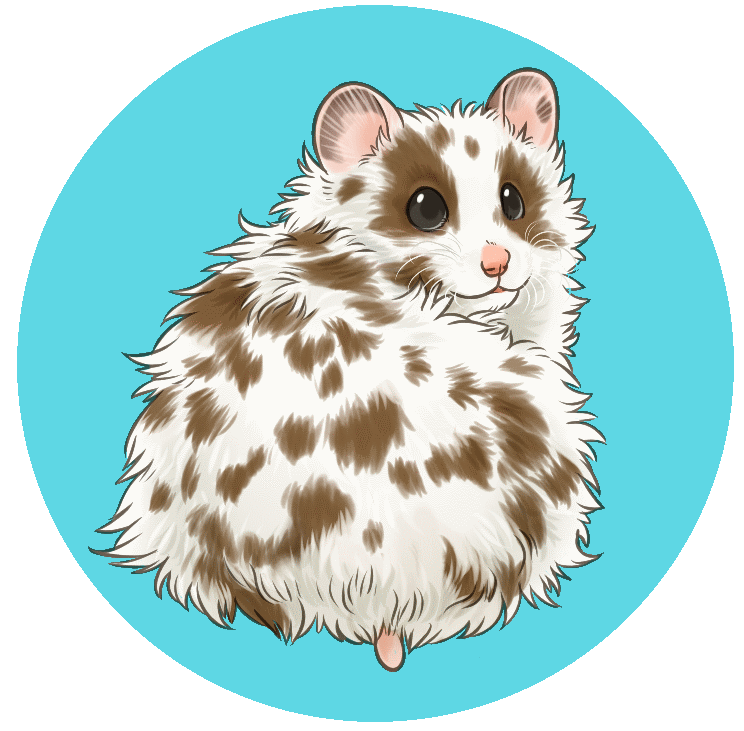Directions
(Bin Cage With Bars)
~ Supplies ~
- Large bin with a minimum of 600 square inches of floor space such as the Sterilite 50 Gallon Stacker Tote or a Christmas tree bin
- Implement to cut the plastic bin (listed in order of my most favorite to my least favorite): Oscillating tool, jigsaw, Dremel with cutting disk, soldering iron, box cutter (can be heated to cut more easily), hot knife.
- Bar panels with spacing no greater than ½ inch
- Wire bar panels can also be taken from old cages. Often, used “hamster” cages which really are not appropriate for hamsters have panels that can easily be repurposed as ventilation in a bin cage.
- Implement to cut hardware mesh such as wire cutters (flush cutters strongly recommended to avoid sharp edges) or if using wire panels pliers to pry sections apart
- Package of cable ties (sometimes called zip ties)
- Carpenter’s square (preferred), measuring tape or ruler
- Permanent marker
- Sanding block to smooth cut edges
- If using a heated implement to cut the bin use a safety mask
- Drill with bit slightly larger than the width of the cable ties, but smaller than the head of the cable ties
- Sturdy scissors (or flush cutters) to cut cable tie ends
- OPTIONAL: Decorative duct tape to cover rough looking cut edges. Options are seemingly endless and often to be found at Dollar Tree.
~ Instructions using bar panels ~
- Prepare panels. If they are attached together separate them. If wire panels are curved straighten as well as possible. I hold curved sections on the edge of a table and bend them by hand. *IF you want to cut the wire sections to a different size, you’ll need an angle grinder. However, mounting the panels inside the lid should hide small parts you don’t want visible.*
- Measure your panel section. The panel should he LARGER than the hole you cut in the bin by at least ½ inch on each side. Using a measuring tool (carpenter’s square) and permanent marker, mark the area of the bin you wish to cut. Again, ensure that the marked area is least ½ inch smaller than your bar panel on each of the 4 sides so the panel will overlap the plastic edge.
- Use personal protective gear and the chosen implement to cut a hole in the bin. If using a heated cutting tool, do so in a well ventilated area and wear a safety mask. Eye protection and work gloves are also recommended. If using an unheated box cutter, score the area you wish to cut multiple time before attempting to cut all the way through the plastic.
- When the hole has been cut, use a sanding block to clean up the edges.
- If you’d like to add decorative duct tape around the edges, ensure the area is clean and dry with no debris then attach the duct tape, applying pressure until completely adhered.
- Place the bar panel over the opening and use a marker to mark the places to drill.
- Drill holes around the edges
- Attach the bars with cable ties or nuts/washers/bolts INSIDE the opening. This helps keep the hamster from chewing out of an exposed plastic edge. If there are gaps between the bar panel and the opening in the plastic, add more cable ties or nuts/washers/bolts until the gaps are too small for a hamster to escape.
- Trim cable ties using a flush cutter or scissor
